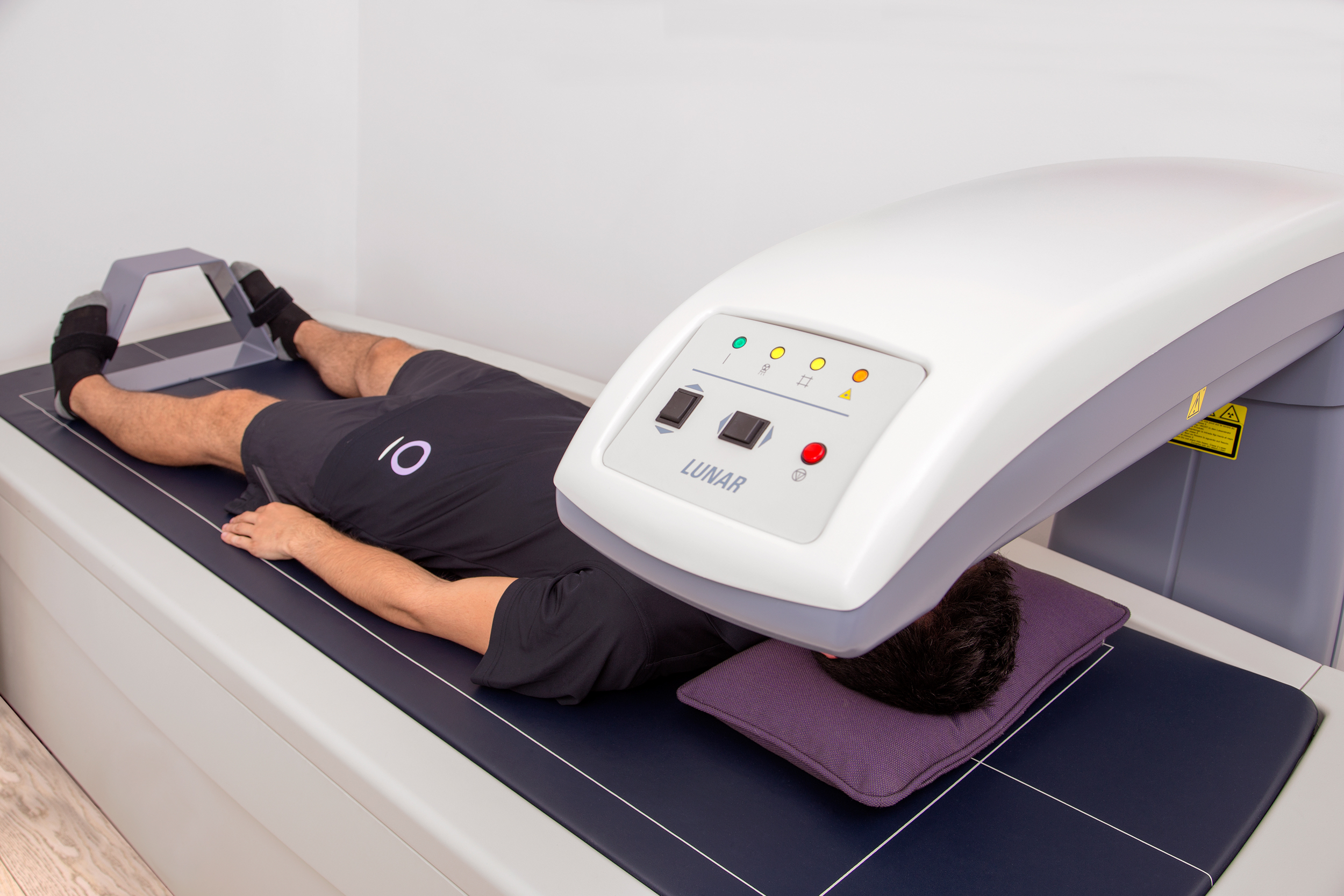A recent study demonstrates the unreliability of using conventional measures to assess the presence of obesity in menopausal women.
In the study, published in the prestigious journal Menopause and carried out on more than 1300 menopausal women, two techniques for the diagnosis of obesity were compared: use of BMI assessment and DXA. The results showed a clear bias towards not diagnosing women who were actually obese as obese when using conventional methods.
Dr. Iván Moreno – Neolife Medical Team
The “Gold-standard” (reference standard) is the dual energy X-ray absorptiometry (DXA): non-invasive test, with a similar diagnostic accuracy as magnetic resonance imaging.
A recent American study (1) demonstrates the unreliability of using conventional measures to assess the presence of obesity in menopausal women. In the study, published in the prestigious journal Menopause, two techniques for the diagnosis of obesity were compared, which highlighted that perhaps we are not using the best diagnostic tool at present.
This research, conducted by the public health universities of Buffalo and Boston (USA), compared the use of the Body Mass Index (BMI) with the use of dual energy X-ray absorptiometry (DXA) in order to assess which was more effective at determining the presence or absence of obesity in menopausal women.

The BMI (weight divided by the size in centimetres squared) has been traditionally used as a measure to classify the presence of excess weight above 25kg / cm2 and obesity when it was higher than 30kg / cm2. This is a simple tool to use in clinical practice (only weight and height are required), but it does not accurately reflect any differences in body composition between different people or in the same person throughout the year.
The dual energy X-ray absorptiometry (DXA): non-invasive test has a similar diagnostic accuracy as magnetic resonance imaging which is considered today the “Gold-standard” (reference standard) for obesity diagnosis. This test allows medical professionals to directly measure (and not by approximations with formulas) how much fat, how much muscle and how much bone the patient has in kilograms. This also allows us to assess where said categories are located and how much of that fat is the dreaded “visceral fat”, which is clearly associated with the presentation of insulin resistance, diabetes and cardiovascular disease.
Although BMI is recognized as being the less accurate test, in the specific case of menopausal women it could be even more inaccurate due to the changes that occur in their body composition, such as the loss of bone mineral density, muscle loss, intra-abdominal fat deposits and loss of height that accompany the hormonal decline if the imbalance is not corrected.
In an effort to clarify this point, more than 1300 menopausal women were studied and given both a BMI assessment and subjected to DXA. The results showed a clear bias towards not diagnosing women who were actually obese as obese when using conventional methods.
When we analysed what constitutes a point on the BMI scale taking into account the sensitivity required for the detection of obesity in menopausal women, we determined that this was 24.9kg / cm2 (a figure much lower than what we had been using previously).
These results show the flaw in the calculation of BMI as it uses weight and height as a tool for the early detection of obesity. The patient may suffer subsequent damage in cases where they require stricter protocols to avoid numerous diseases that lead to obesity in the future.
At Neolife we always assess a patient where obesity is part of the presentation by undertaking a body composition examination, either using advanced octopolar impedanciometry or with the bone density scan previously discussed (DXA), which is the best test currently available today. This allows us to accurately diagnosis the condition of our patients, which is the first step in creating a personalized work plan and working towards a full body and metabolic optimization.
Similarly, it is important to prevent all harmful changes that the menopausal hormone deficiency conditions may cause by using bioidentical hormone replacement therapy. By implementing suitable training and nutrition plans alongside advanced nutraceutical supplementation and returning the patient to a more functional hormonal balance, we can mature healthily and delay aging.
BIBLIOGRAPHY
(1)Banack, H. R., Wactawski-Wende, J., Hovey, K. M., & Stokes, A. (2017). Is BMI a valid measure of obesity in postmenopausal women? Menopause (New York, N.Y.).
(2) Vasan, S. K., Osmond, C., Canoy, D., Christodoulides, C., Neville, M. J., Di Gravio, C., et al. (2017). Comparison of regional fat measurements by dual-energy X-ray absorptiometry and conventional anthropometry and their association with markers of diabetes and cardiovascular disease risk. International Journal of Obesity (2005).
(3) Al-Safi ZA, Polotsky AJ. Obesity and menopause. Best Pract Res Clin Obstet Gynaecol 2015.
